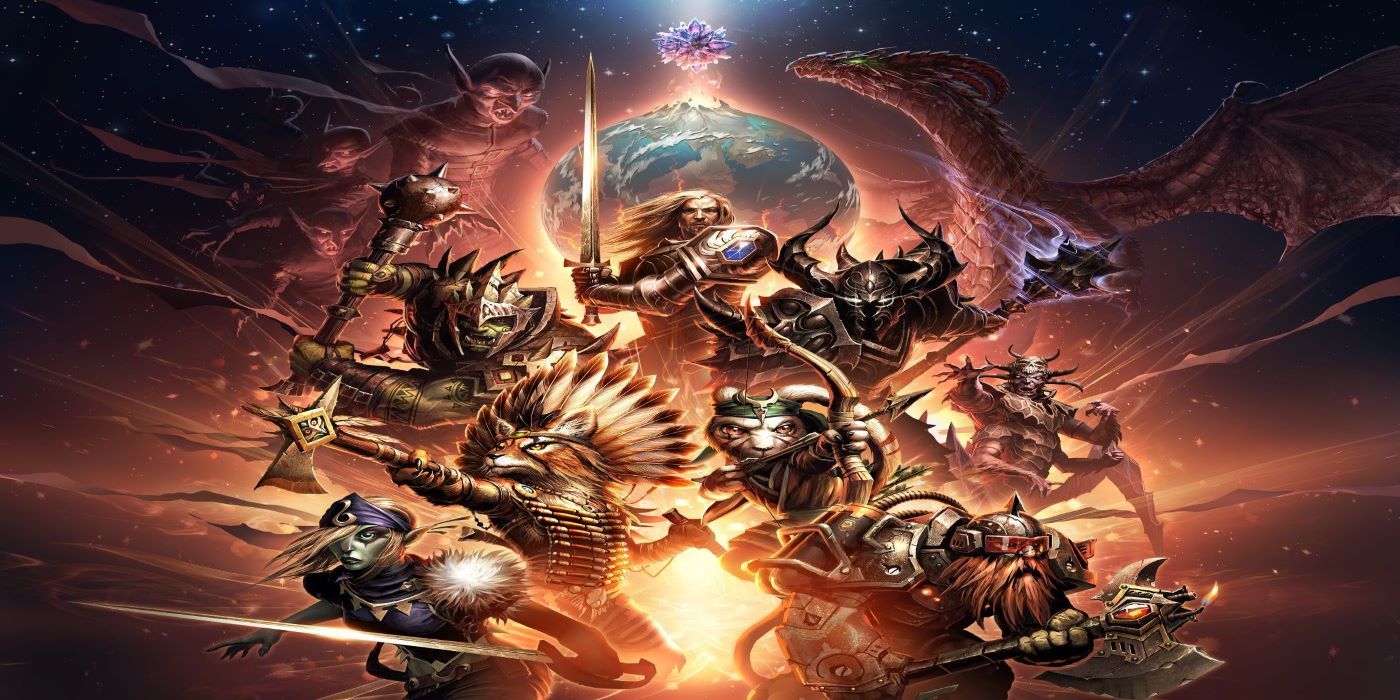
Collectible card games, or CCGs, have affected video games a lot in recent years. Many players don’t even realize it, but a lot of trends that make their way into current games have their origins in card games. Trends like chasing better loot (cards), multiple rarities, and loot boxes (card packs) can be traced back to games like Yu-Gi-Oh, Magic: The Gathering, and the Pokemon TCG.
CCGs emerged on the digital scene in a big way several years ago, and while the trading part may have been left behind, several games nonetheless hit it big. Hearthstone, Shadowverse, and EternalCCG garnered praise for their mechanics and fun design, and are still going strong today. With the advent of MTG: Arena, Magic: The Gathering has likewise become a digital CCG trend, but there was another, Hex: Shards of Fate.
Hex was originally launched on Kickstarter, and its vision caught a lot of eyes. It billed itself as an MMOTCG, the first of its kind. The game was supposed to have a distinct PVE world that players would be able to tackle on their own in addition to a robust PVP system. The PVE was envisioned to have raids, guilds, and a story that would continue to update without end, similar to World of Warcraft (although Shadowlands calls that into question). However, things didn’t exactly turn out that way.
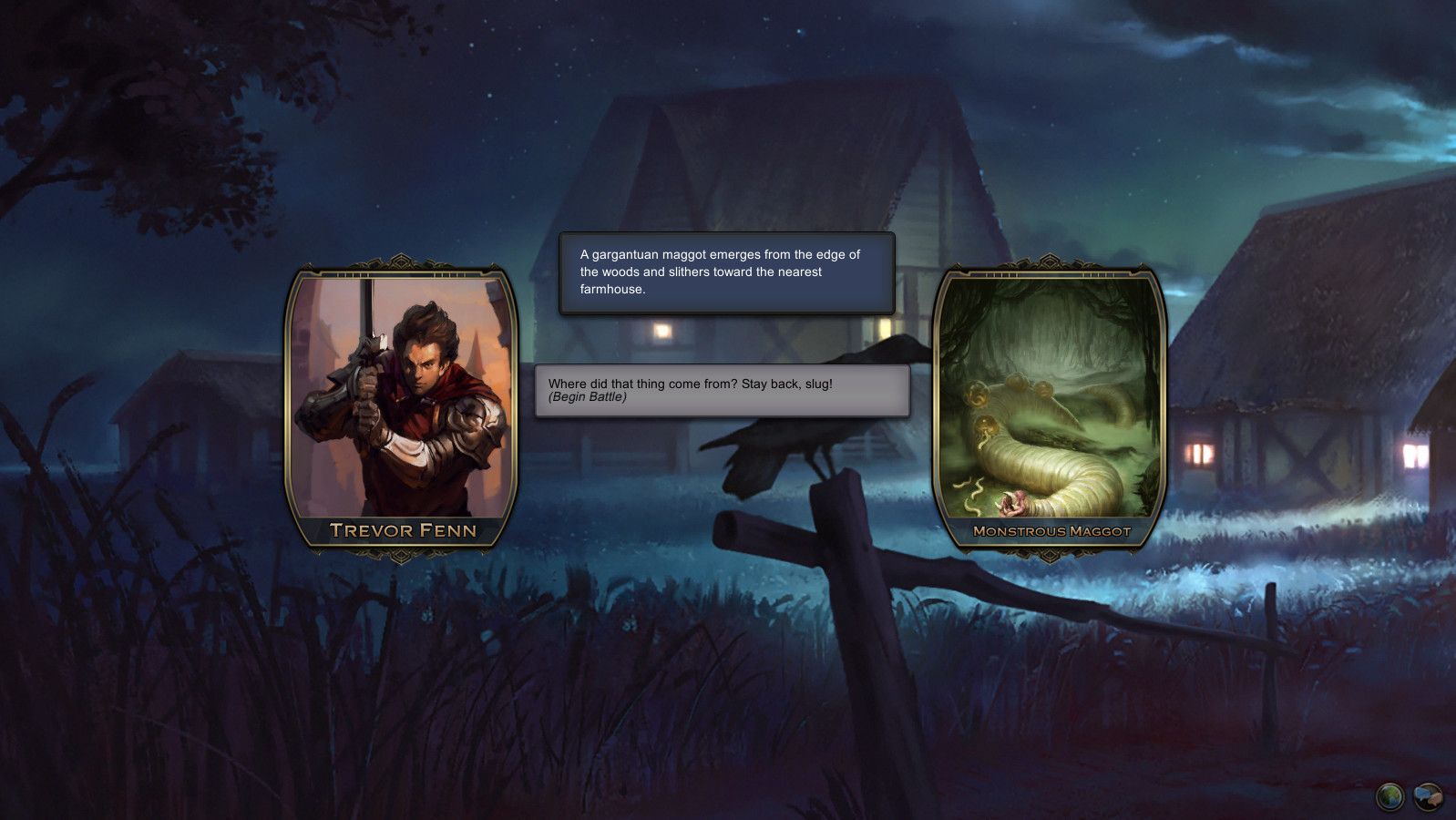
At first, things started very strong for Hex. It became the 11th most backed game on Kickstarter in 2013, with tons of people backing at the highest level. In 2016, the game officially launched after what looked like a slight legal spat with Wizards of the Coast. This is hardly surprising in retrospect, considering Hex plays very similar to Magic: The Gathering. Players play cards using resources gained in one of five different colors, each with a specific focus. The colors system of Hex is almost identical to MTG, with only changes to names keeping them distinct. While Hex‘s Gem system is more convenient than MTG‘s lands (especially the expensive ones), it was undeniably almost exactly the same thing with a tune-up and a fresh coat of paint.
However, the legal dispute was ended with an out of court settlement, and according to a statement released in 2015, both parties seemed to walk away happy. This would only become relevant to players five years later, but the writing was still a long way from the wall at this point. Hex hit the ground running with a large area for players to explore in PVE. While the interface was simple, it had all the makings of a genuine MMORPG. Granted, players could not yet interact with each other within the PVE world, either in guilds, raids, or other aspects, but these were promised later down the line. Eight races and three classes made for lots of replay value, even without any community defining moments like World of Warcraft had over time.
On top of all of this, Hex innovated in a few key areas that made the PVE engaging in ways few virtual card games have done before or since. Whichever race and class combo players picked gave different options during a battle, letting players use cards in entirely new ways, and players could also earn equipment which would power up certain cards. Enemies were fun to fight, using outlandish strategies not seen in regular PVP similar to bosses in Hearthstone‘s Galakrond’s Awakening. All the elements were there for Hex to take the world by storm.
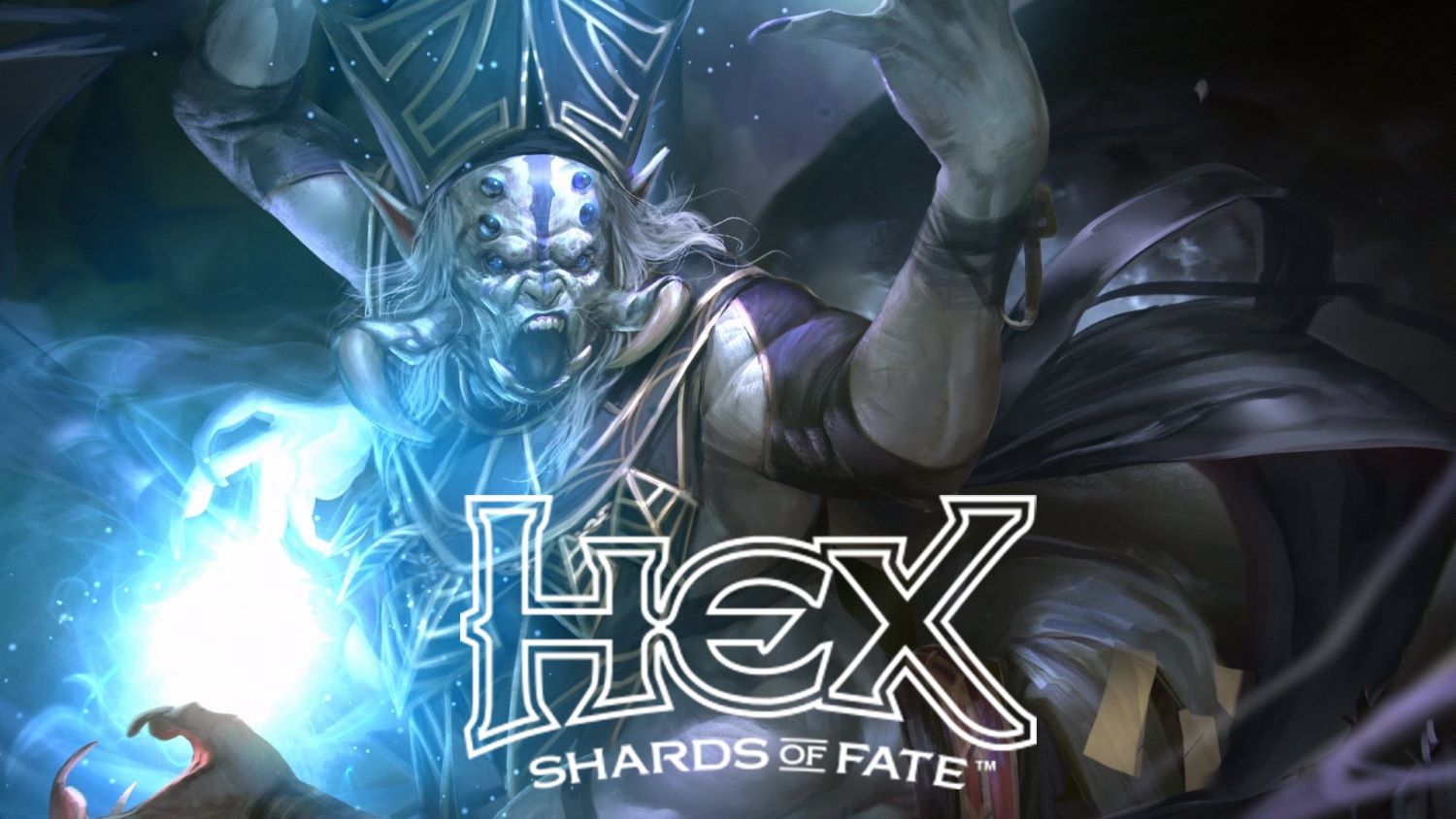
As time went by, packs and tournaments came regularly to the PVP scene. The PVE section of the game, by contrast, was left neglected. It took a long while for the next area of the world to become a reality, although when it did materialize, it was arguably even better than the first. The release even included a fourth class for players to try. But this came too slowly for many, as PVE was the reason many players had joined in the first place. What a lot of people who had backed the game wanted was a good MMO that used cards, not a regular card game with a little bit of story attached.
Perhaps the biggest and most egregious problem that arose was the fact that PVP card packs could only be bought with platinum. That’s right: players could only get the packs that got them new cards with the game’s premium currency. An apt comparison would be if Scholomance Academy pack in Hearthstone had to be bought with real money every time, and that’s basically Hex‘s situation. In most virtual card games, new packs can be earned in game, even if players have to grind for them more than they’d like.
By eliminating that option, the game’s dev put a solid wall between player progression and player effort. Making matters worse, any rare or higher rarity cards player earned in PVE could not be used in PVP. As Destiny 2 proves, the best PVE choices aren’t always the best PVP choices, but not having the option at all is decidedly not fun.
While players could earn platinum by ranking high in PVP, there were two problems. One was that PVP was still gated off by requiring platinum to have any shot at building a competitive deck. Second, platinum was only paid out in meaningful amounts to players at the highest rank, and only at the end of a competitive season. Compared to the numerous ways players can earn cards in something like MTG: Arena, and the level of restriction put on players in Hex becomes obvious.
Despite innovating far beyond games like Hearthstone and Shadowverse in terms of gameplay and PVE content, Hex failed to emulate those games’ most fundamental aspect: players should be rewarded for playing. Without the in-game option, players’ only choice was to use a third-party website called HexPrimal to trade gold for plat at a ridiculous rate. This required grinding the PVE until it just wasn’t fun anymore, and the transfer process was far from flawless. So, in a way, Hex lived up to its promise of an MMOTCG. The only problem is it brought the worst aspects of both: the chase of a TCG and the grind of an MMO.
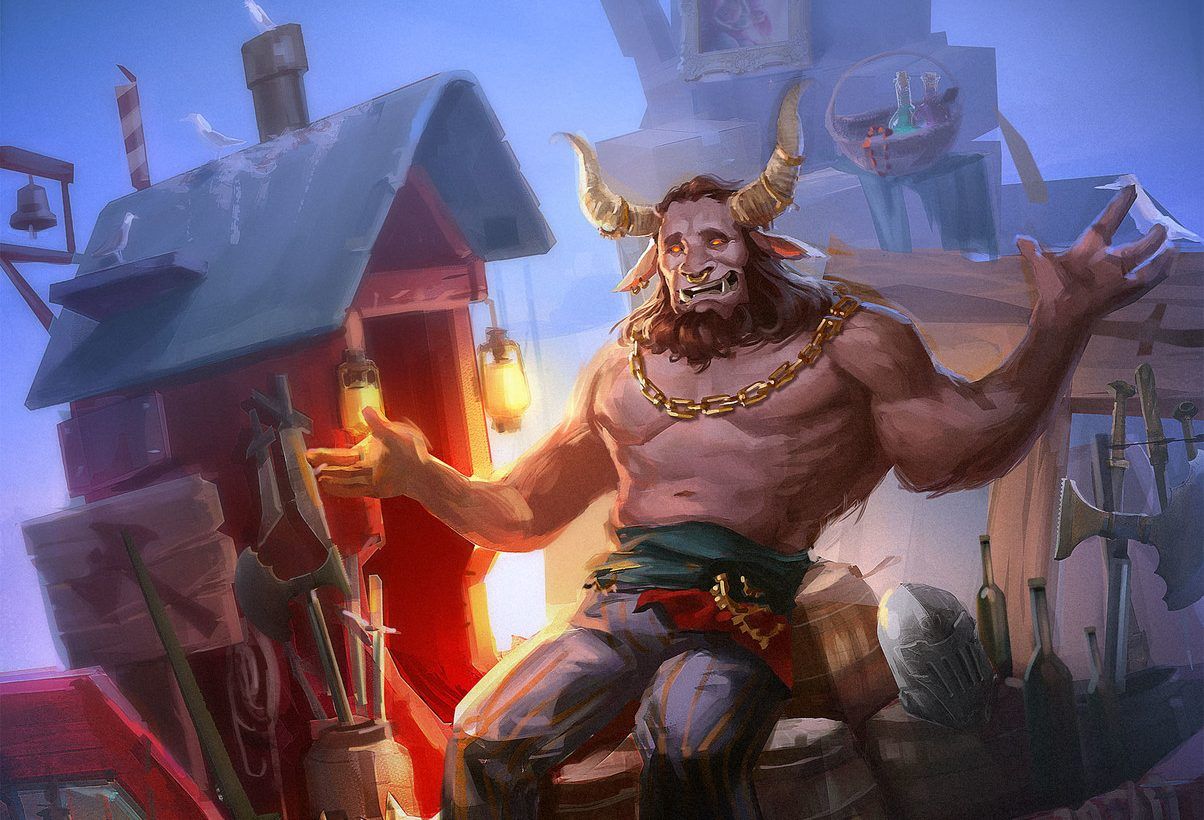
Adding to the problem of acquiring cards was Hex‘s auction house, which was the only way outside of a direct trade for players to acquire a specific card, resource, or indeed any specific thing they wanted. Here again Hex did not implement the crafting systems of games like Hearthstone, where players can melt down unwanted cards into material to make other cards. In Hex, there was no way to unload unwanted cards or pieces of gear because no one would buy them, making them functionally useless.
The problem ran the other way too, with very rare cards and pieces of equipment commanding very high prices, usually in platinum. On top of that, just like how Magic: the Gathering deck lists can drive up the price of key, non-rare cards, the same happened in Hex‘s marketplace. When HexPrimal published a piece outlining a way to use the Ranger class to easily grind for gold, all the equipment and cards listed suddenly became expensive commodities. Essentially, the auction house made it a nightmare both to unload unwanted resources and obtain wanted ones.
Such a trading method might have worked fine in a straight MMO, but there simply wasn’t enough MMO in Hex to warrant it. The auction house really needed to be mixed with another way to trade resources, because as the sole option available, it only made third party sites like HexPrimal look all the more inviting. It probably wouldn’t have hurt for Hex to take a look at the failings of Diablo 3‘s auction houses.
The game has a dedicated community, especially those who had backed it initially, but over time, new PVE content was less forthcoming and PVP remained basically inaccessible without substantial direct payment. Many players drifted away. A dwindling player count is bad news for a live service game, as Marvel’s Avengers‘ recent numbers can attest. For Hex, it spelled death.
Payouts became delayed for both the artists creating the game’s gorgeous card art as well as tournament winners. The game simply was not making enough money, and new content eventually stopped coming altogether. For around two years, players were stuck in limbo, with a frozen metagame and no new PVE adventures.
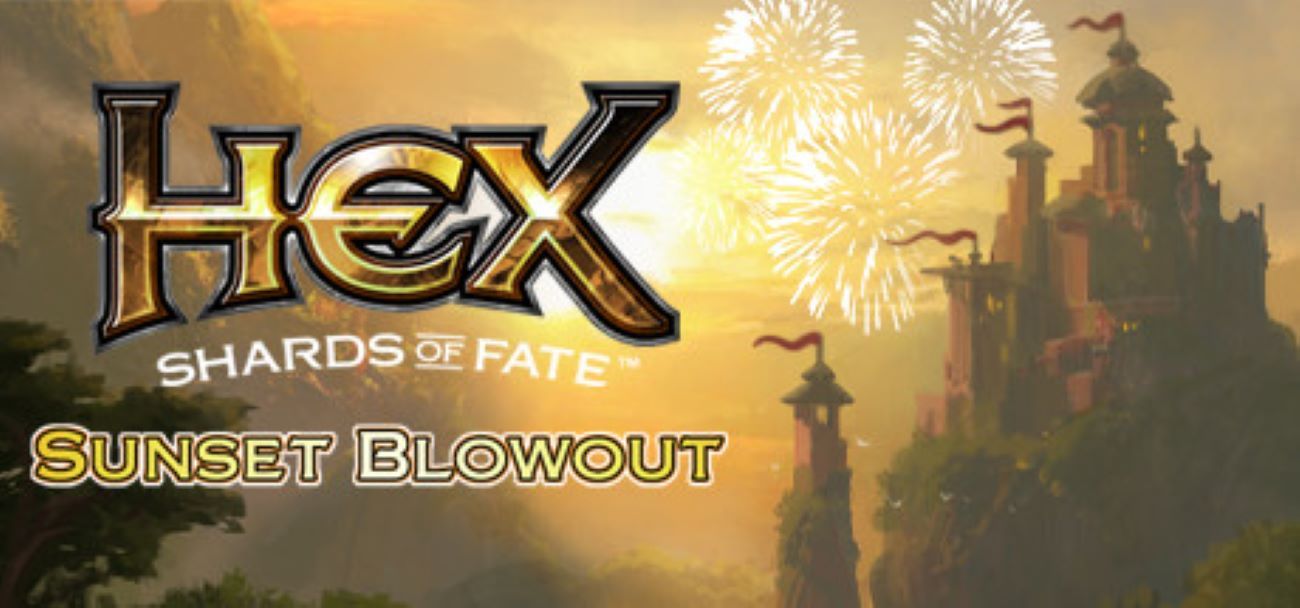
On October 1st, Hex released a statement announcing that it was shutting down at the end of the year. The reason given was a simple link back to a statement on the legal dispute with Wizards of the Coast, which many had thought became irrelevant over the past few years.
The statement declares that the two companies had reached a settlement over a licensing issue. What the issue was is not specified, but it seemed both parties were satisfied. While it will likely never be known exactly what the licensing agreement was, some inferences can be made. In all likelihood Hex had to license some aspect of MTG from Wizards due to Hex‘s similarity to MTG. Five years later, the developer probably couldn’t afford to renew the license. While there’s no way to know for sure, this would help explain why the developers stated “we are required to close HEX: Shards of Fate” rather than stating that circumstances were forcing them to do so. The use of this statement as explanation has confused players to no end, as it offers very little tangible info.
Whatever the reason, Hex will be gone for good on December 31st. As part of its Sunset Blowout, the team has removed platinum costs to enter tournaments and begun giving free booster packs as login bonuses. The latter may have helped keep players around, as free packs have always been met favorably, but at this stage, it’s a moot point. There are also no further currency purchases allowed.
The news has proved devastating for many fans, and the official Hex forums are filled with players who committed a lot to the game, both in time and money. Many are hopeful that Hex 2 will become a reality, and since the dev stated it has taken snapshots of player’s collections, there is a chance it could happen. Other players are bitter at the death of the dream that was Hex, with just a few sentiments of fraud from some who feel they never got what they backed in Kickstarter.
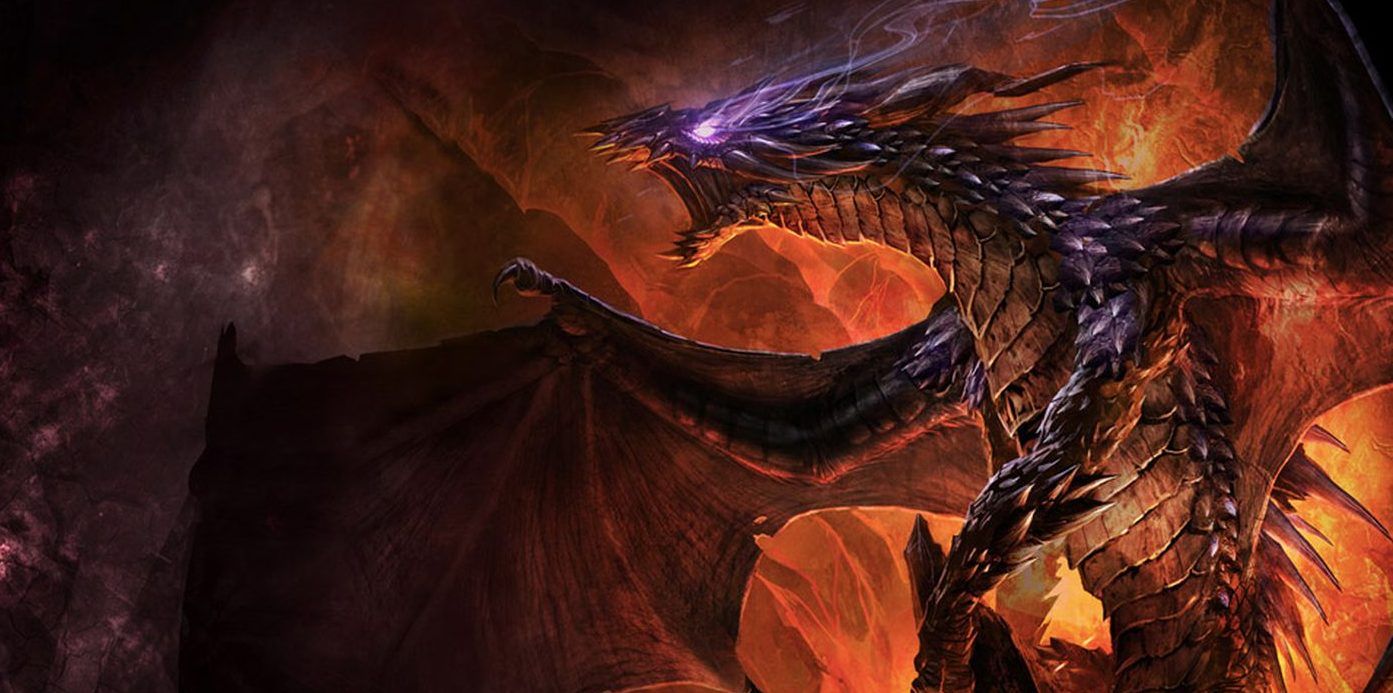
Hex was a Kickstarter dream for many people, most of all the people making it, but it may not have been handled as well as it could have been. An enormous game, especially one that plans to keep going indefinitely, requires a strong, stable base. Destiny 2 got it just right, with a mix of strong PVE and PVP content supported by Bungie’s expertise, a fanbase from the first Destiny, and plenty of previously made money. Similarly, Hearthstone had the same base, implementing ways to keep players progressing through their own effort (just enough to keep them hooked), and is still thriving.
Many have said recently that Marvel’s Avengers feels like two games mashed together: a decent story campaign and a grindy post-game. Similarly, Hex felt like a fun PVE card game mashed together with an almost entirely separate PVP card game. They may have shared mechanics, but for the most part, they barely even shared the same cards. It was the PVE and the story that players wanted most of all, but that was also the part of the game that held the least incentive. Perhaps the best takeaway is that some of the most successful live service games not only marry their story/PVE to their monetization, but also make sure to give those stories meaningful updates.
Hex: Shards of Fate is available on PC and mobile devices until December 31st.

facebook 查詢:
24 hours enquiry facebook channel :
https://www.facebook.com/itteacheritfreelance/?ref=aymt_homepage_panel


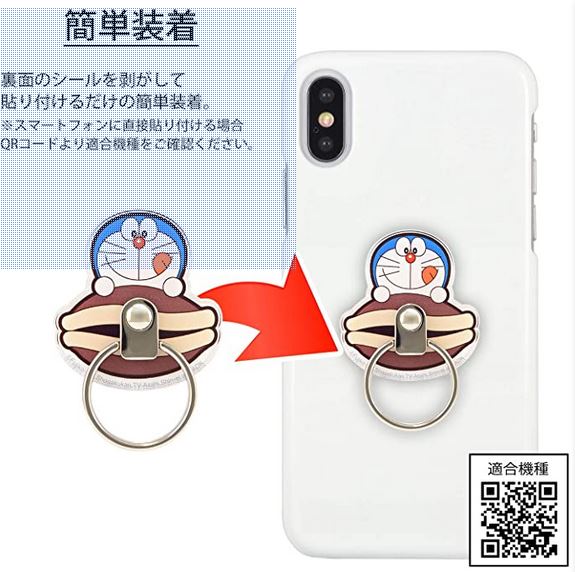
Leave a Reply